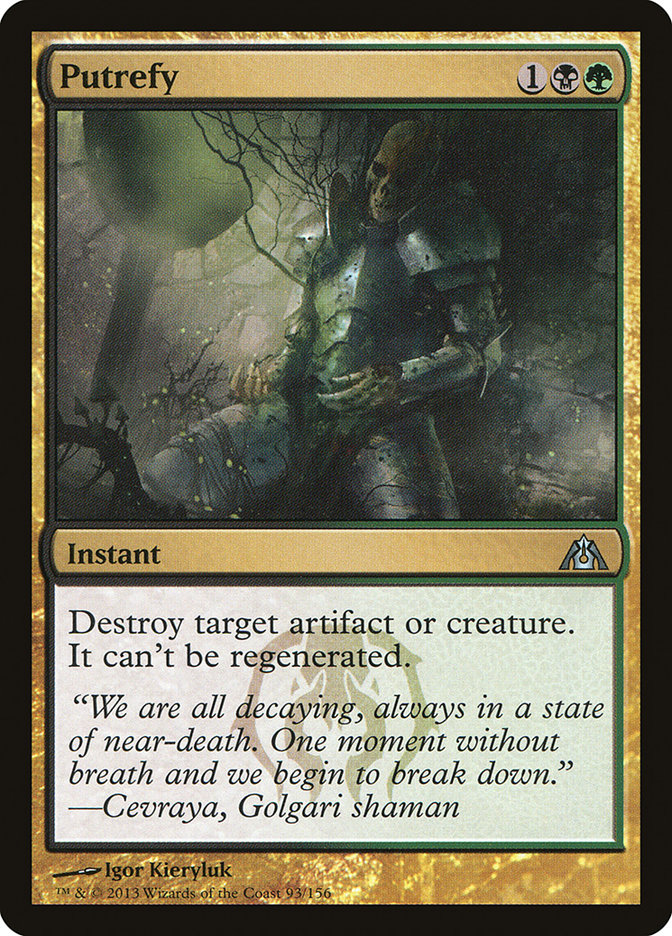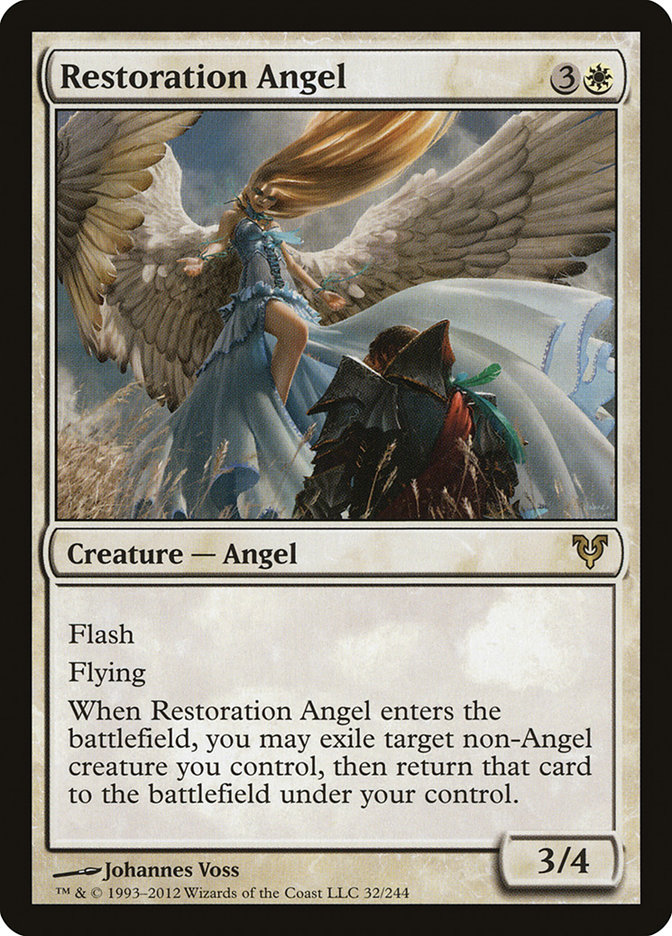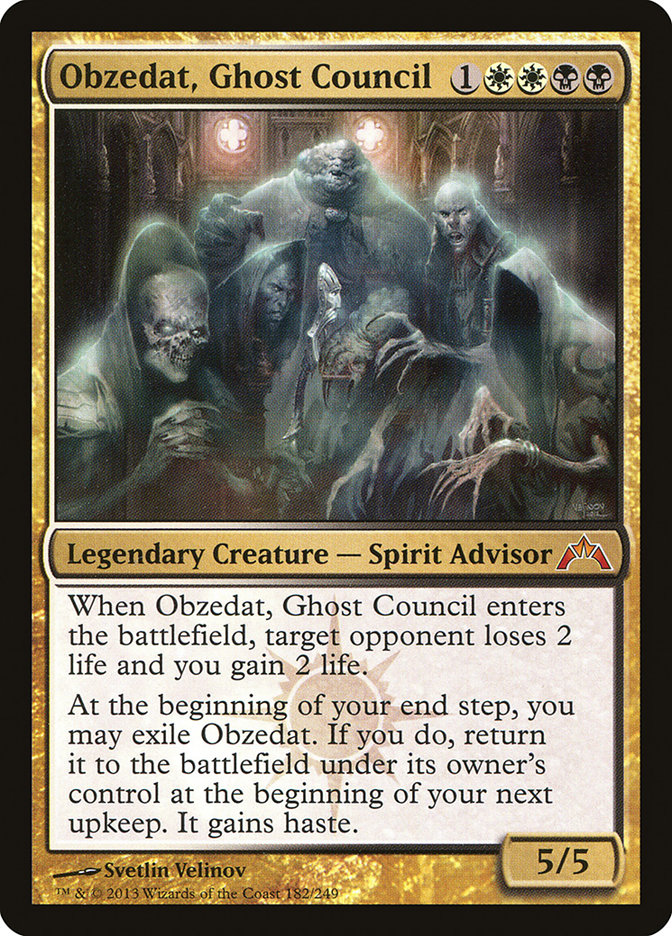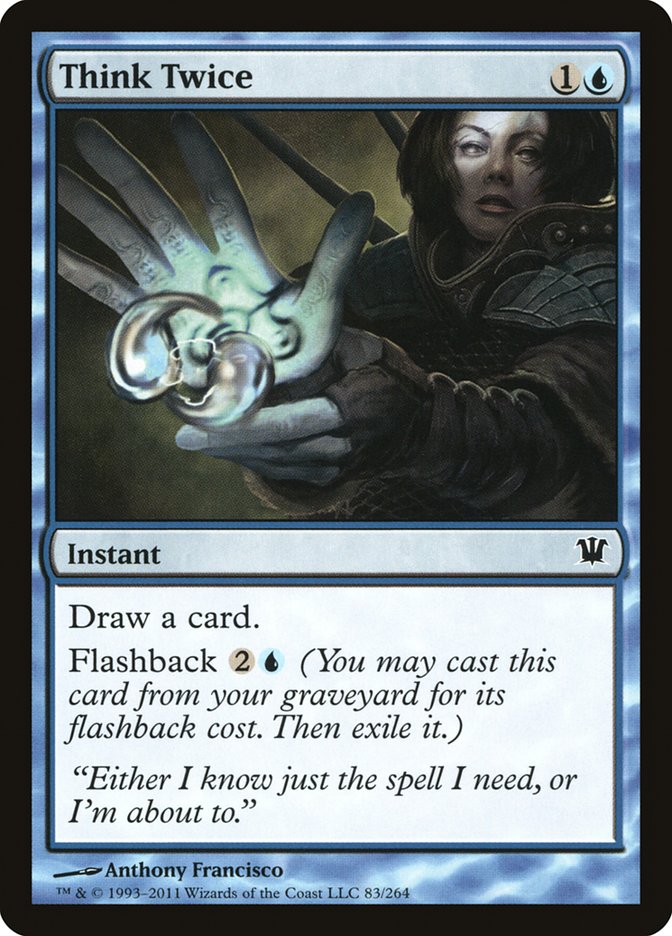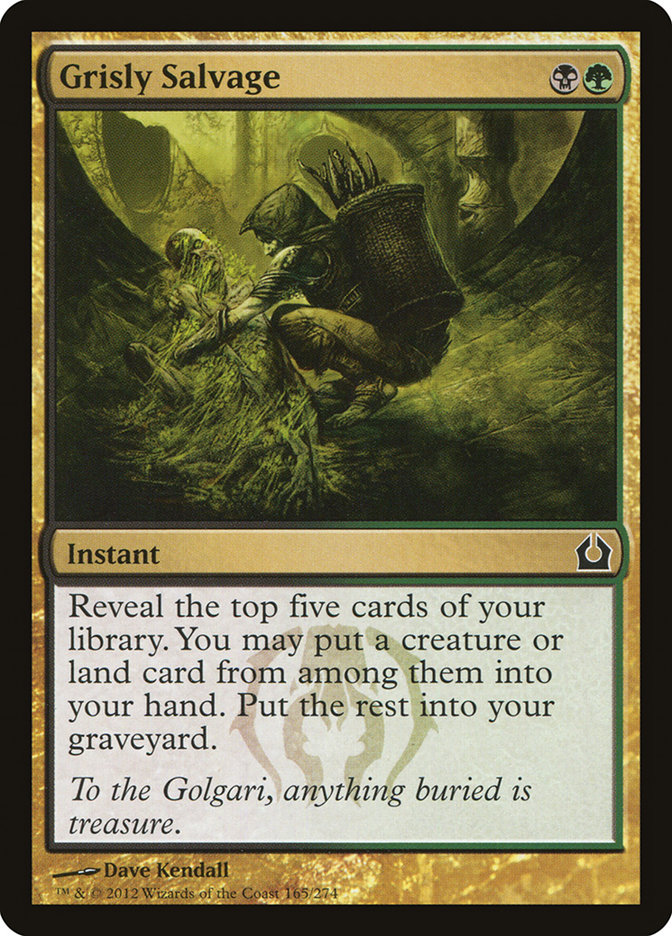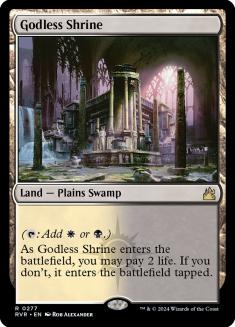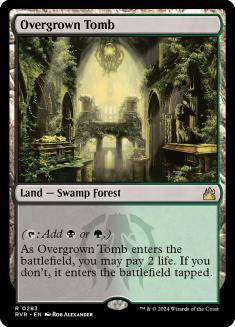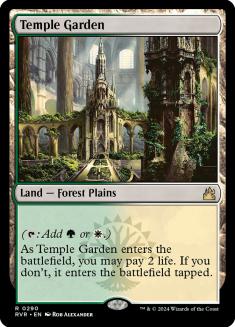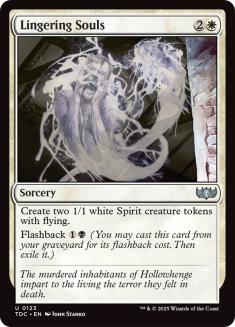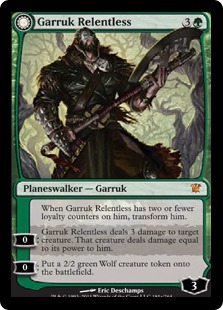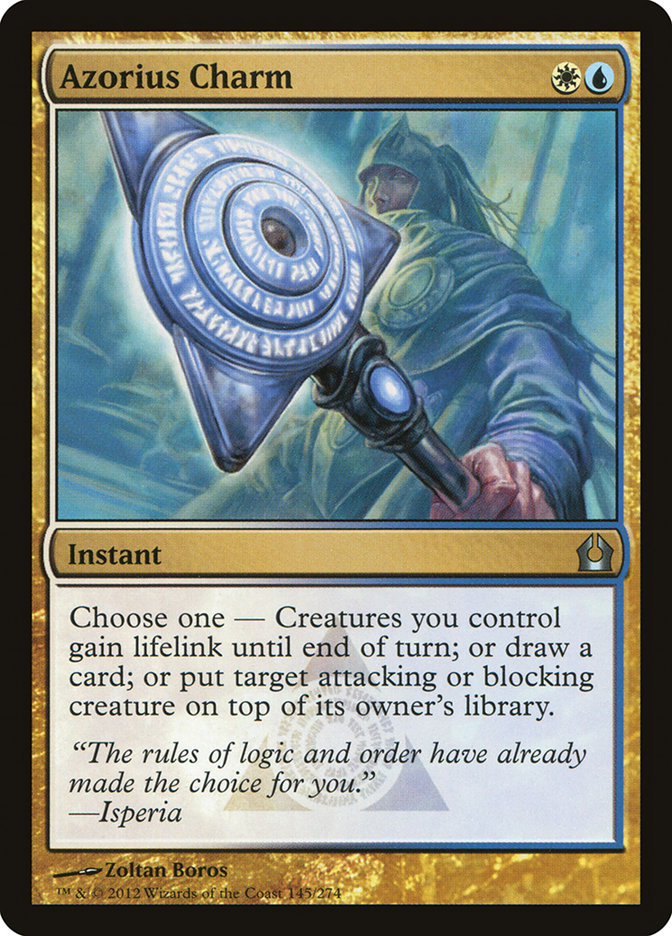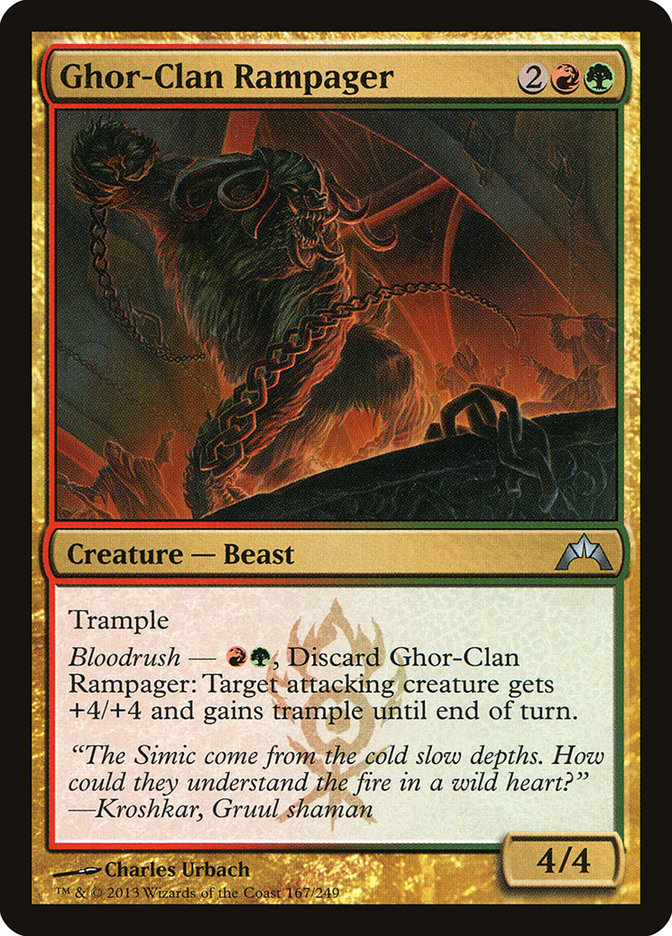I played an updated version of my Junk Reanimator list last weekend in the SCG Classic Series in Knoxville, TN. Not only did I get to play nine rounds of Magic, but I also got to watch a lot of Magic on the day. While the exact lists aren’t the same, players were still playing the same kinds of decks they have been playing for a long time now: U/W/R Flash, Jund Midrange, G/R "Beats by ‘Maw", Bant Hexproof, you name it. Some cards have changed, but the game is still the same.
This meant that a lot of players were also making the same kinds of mistakes that have been made time and time again with these decks. Many mistakes that I see and commit myself over the course of a Magic tournament can simply be attributed to carelessness or a temporary lapse in judgment. This is something that happens to everyone. It’s easy to fall into tunnel vision, or miss a minor detail, or simply forget a card your opponent might have.
Those aren’t the kinds of mistakes I’m interested in, at least for the purpose of this article. There’s also a number of other mistakes that I see happen frequently at events. These mistakes can’t be classified as a careless error. These are not the mistakes where the player in question slaps themselves in the head afterward and says "I can’t believe I did that."
These are the kinds of mistakes that are thought to be the correct play. These are the kinds of mistakes that are second nature to the player. These are the kinds of mistakes that don’t get noticed because most players don’t actually realize they did anything wrong.
In the same vein as the TV show 1,000 Ways To Die, I’d like to point out some of the more common and often fatal mistakes I see made on a daily basis.
The first series of pitfalls all fall into the same category: timing errors. Having access to cards at instant speed can be a blessing—you have more options and have a chance to really mess up your opponent’s plan when they least expect it. But it can also be a curse. Wait too long on that removal spell and it may be too late to save you from the grisly fate that awaits when they blow you out with the perfectly timed answer.
When players first start playing Magic, they tend to cast their spells the first opportunity they can. As soon as they draw their card, they will go ahead and cast their Dark Banishing on that offending Raging Goblin right after dropping that third land. "He listened to a solid variety of 1990’s Rap Rock and Rap Metal. But mostly he just Raged."
As this mystery player starts to learn more about Magic, they also learn that it’s important to save instants to use when they have more information. Instead of blowing that Dark Banishing immediately on the Raging Goblin, they decide to wait and save it for their opponent’s turn. When the opponent drops a fourth land and follows up that Raging Goblin with a Hellrider, it’s pretty nice to be able to simply throw a Dark Banishing at it before combat. Learning to save instants for the opponent’s turn paid off.
This player learned a valuable lesson. Always save your instants.
There’s only one problem. That lesson isn’t actually very valuable. That mostly stems from the part where it’s completely and utterly wrong.
Following the same line of logic that led to "so not cool that it’s cool" being a thing, I’m going to tell you that the next evolution is to actually just main phase your instants. Feel free to even draw step your instants if you’re feeling frisky.
The point is that oftentimes the right play is to simply cast those instant speed spells on your own turn before your opponent has a chance to untap. If they get to untap, they might be able to draw something or play something they already had in their hand to thwart your efforts. Don’t give them that chance.
Pitfall #659: Putrefication
Your opponent just tapped out on their turn to cast a creature. On your turn, you draw a Putrefy that can remove their creature. The natural tendency that has been ingrained in us for years is to save that removal spell for their turn. There’s no harm in waiting. Our opponent might play a scarier creature, and the worst-case scenario is that we can just kill the creature in play before we take damage from it anyway, right?
Well, actually the worst-case scenario is that they use one of the myriad of protection spells in the format to save their creature from our removal spell and make us completely waste a turn and a premium card in our deck. If it’s at all possible that your opponent is playing a card like Restoration Angel, Brave the Elements, Boros Charm, Rootborn Defenses, or Ranger’s Guile in their deck—all cards that see or have seen a solid amount of Standard play at various times in their lifespan—then you’re better off just killing their monster on your own turn.
If you know your opponent doesn’t have those cards, then you are safe to wait until their turn to use your removal spell. However, it’s important to keep in mind that you still want to use cards like Searing Spear and Warleader’s Helix to kill creatures before combat against decks that play Ghor-Clan Rampager so you don’t give them an opportunity to blow you out with it.
It would be tragic if waiting to cast that Putrefy turned out to be the stone wrong play.
Pitfall #25: Ruptured Spell
Against decks like U/W/R Flash that play a lot of countermagic, sometimes it becomes important to cast your spells at the right times to avoid or severely mitigate the damage that their counterspells can do.
For example, if your opponent is tapped out on your turn and you know or suspect that they have a lot of counterspells in their hand, it can be correct to simply cast a Restoration Angel on your own turn before they have a chance to untap and counter it. Just because Restoration Angel has flash doesn’t mean that it’s always correct to play it on your opponent’s end of turn step.
In fact, oftentimes the best time to cast a card like Restoration Angel is actually during your opponent’s upkeep. Let’s say your opponent passes the turn to you on turn 4 with all of their lands untapped. On your turn, you draw a Restoration Angel that you want to cast and hopefully resolve against them. If you cast the Restoration Angel on your turn, then they can simply counter it and untap on their turn with all of their mana open again. If you cast it at the end of their turn, you are giving them an additional opportunity to draw a counterspell for the turn that they might not have had before.
By casting the Restoration Angel in your opponent’s upkeep, you are forcing them to have the counterspell in hand already, and even if they do have it, you are forcing them to tap mana on their own turn, which could prevent them from making additional plays they would otherwise want to make.
Too often I see people draw a Restoration Angel, pass the turn, and just predictably cast it at their opponent’s end of turn without even considering if it might actually be correct to cast the card at a different time.
That kind of thinking could easily spell defeat.
Pitfall #887: It’s Just a Phase
There is another frequent mistake I see people make when playing against a deck like U/W/R Flash that can be holding both counterspells and removal spells at the same time. Oftentimes the correct time to cast creatures is your first main phase before you attack in order to give yourself maximum information to work off for the rest of the turn and to force your opponent to make a play before they want to. There was an example of this when I played against Gerry Thompson in the Invitational.
There was a turn where I had an Obzedat come back into play and Gerry had four lands untapped. I had an Acidic Slime that I planned on casting for the turn. We’ve been ingrained as players to cast our creatures in our second main phase. However, by casting Acidic Slime before attacking, I forced Gerry to make a move. If he counters my Acidic Slime, then I know the coast is clear to attack with Obzedat since he won’t have the mana open to use Azorius Charm on it. Likewise, if he simply casts a Restoration Angel with the mana, then I also know the coast is clear to send in Obzedat without fear of it getting killed.
If he casts nothing, instead choosing to hold open for an Azorius Charm, I can then simply elect to not attack with Obzedat, and the end result is that I got to blow up his land with Acidic Slime and he still has to worry about dying from "OD on the OD" the following turn (Overdosing on the Obze Deezy).
If you time everything right, there’s no way your opponent will escape the match unfazed.
Pitfall #444: Asphinxiation
Too often I see players pass the turn with five or six lands in play, having missed their land drop for the turn. It’s obvious that they are simply going to cast Sphinx’s Revelation at their opponent’s end of turn regardless of what their opponent does for the turn. In situations like that, it’s better to just cast Sphinx’s Revelation in your main phase. That way if you draw a land off of your Revelation, something that is fairly likely, you can actually play it for the turn and make your future turns more impactful. You gain nothing by waiting until your opponent’s end of turn to cast the spell, and you lose having an extra land in play.
Likewise, I often see players pass the turn with a Think Twice in hand, having missed their land drop for the turn. If you aren’t planning on spending all of your mana that turn, you should simply cast the Think Twice on your own turn and hope to draw into a land so you can keep hitting your land drops. Again, you lose nothing by making the play and gain the potential advantage of having another land in play.
Do yourself a favor and cast the Sphinx’s Revelation on your main phase so that you have the proper breathing room next turn.
Pitfall #921: Grisly Spectacle
I would estimate that I cast Grisly Salvage on my own turn about 75% of the time. I rarely see my opponents do the same. As a grizzled vet of casting the card, I feel like I have some polarized opinions on when to play it, so please bear with me.
Anytime there is even a remote chance I can do something else on my turn with the information or cards I get from Grisly Salvage, I will pull the trigger on it. If I untap on turn 3 and draw a Grisly Salvage, I am simply going to cast it immediately if I have no other play to make. What if I hit an Arbor Elf or Avacyn’s Pilgrim off of the Salvage, which I can then cast for the turn? This could mean I get to play a Thragtusk on turn 4 instead of turn 5. That could be the difference in the game. Maybe I hit a Lingering Souls or an Unburial Rites off of it that I have the mana to flashback that turn.
Even if there is nothing I can possibly cast with the Grisly Salvage on my turn, it’s still often right to cast it sooner rather than later. Let’s say my opponent is attacking me with a couple of creatures and I have two mana and a Grisly Salvage open. I should probably just cast the Grisly Salvage before blocks and see what I hit off of it. If I find an Unburial Rites and an Angel of Serenity, then I know I shouldn’t trade with my opponent’s creature since I’m just going to remove it next turn anyway. That information can be vital to making the correct decisions.
For a real example, last night on Magic Online an opponent cast a Liliana of the Veil on turn 3 and immediately ticked it up. I had a Grisly Salvage in hand and decided to cast it in response to the Liliana activation. The Grisly Salvage milled over an Unburial Rites, which in turn gave me the information I needed to decide to discard the Thragtusk in my hand so I could get it into play a turn sooner. Had I waited to cast the Salvage, I would have discarded one of the excess lands in my hand instead and missed a full turn of having Thragtusk in play.
Perhaps I’m not making myself clear: cast Grisly Salvage earlier rather than later. Turn 2 in your draw step, cast the Salvage. Before the game begins, pull out a Temple Garden, a Woodland Cemetery, and a Grisly Salvage and just stick them in front of your opponent as you shuffle up the rest of your deck. The night before the tournament, stand in front of the mirror in your bathroom and practice tapping two mana and announcing Grisly Salvage.
"I’m going to cast a Grisly Salvage."
"Green. Black. Salvage."
"Gonna try to Salvage this mull to five."
"Your chances of winning this game are Grisly."
"SERENITY NOW!"
"Give me Rites / Tusk or give me death."
"Four Salvages and twenty cards, ago our forefathers . . . "
Just don’t make too much of a spectacle.
Pitfall #290: Farsaken
It’s important when casting Farseek to actually take the time to ensure that you’re getting the right land from your deck. If you have a Stomping Ground and a Woodland Cemetery in play, it can seem like it doesn’t actually matter which land you get since you already have all your colors. Maybe it’s tempting to just get a Blood Crypt to complete the trifecta of having a GR, GB, and RB land in play. It doesn’t actually matter that much, does it?
What about when you draw Garruk, Primal Hunter a few turns later and you’re still on two green sources? What about when you die because you were only able to activate your Scavenging Ooze twice a turn instead of three times and it was the difference in the game? What a doozey.
It’s important to take into consideration the cards in your hand as well as the cards you could possibly draw later in the game when deciding which land to get with Farseek. If you only have one black source, it might be worth considering getting a second one in case you draw a Liliana. Perhaps it’s necessary to get another red source so that you can ping three times instead of two times in a turn with Olivia Voldaren four turns later.
Generally speaking, Stomping Ground is the best card to fetch with Farseek in Jund since it works well with Garruk, Primal Hunter, Scavenging Ooze, and Olivia Voldaren, the three most mana-restrictive cards in the deck. However, it’s important to take the time to reason out what the best land to fetch is each and every time you cast Farseek.
It’s not farfetched to think that the wrong sequence could cost you the match.
Pitfall #663: Shock Therapy
I’ve seen plenty of players open on a hand with a couple of shocklands. They will play one of them tapped seemingly at random and then will pay the ultimate price for their sins on turn 2 when they draw a card that punishes them for not leading with the other shockland instead.
For example, if you’re playing a Junk Reanimator deck and have an opening hand that has Temple Garden and Godless Shrine with a few Grisly Salvages, it may seem like it doesn’t really matter which land you lead on. You’re just going to cast the Grisly Salvage on turn 2 anyway. You lead with Godless Shrine, and on turn 2 you draw an Arbor Elf. Now you decide that it’s actually better to just cast the Arbor Elf and save the Salvage for the following turn. Instead of being able to play a tapped Godless Shrine and cast the Elf off of the Temple Garden, you have to shock yourself with the Temple Garden in order to cast the Arbor Elf. Those two points of damage might cost you the game.
This problem can easily be solved by simply taking the time to consider if there are any possible draws in your deck that affect which land you should lead with. For most decks, there are.
Take, for example, an opening hand of Junk Aristocrats that is the following:
Which land do you lead with? That depends on the composition of your deck as well as the matchup you’re playing. Let’s say your deck has four Doomed Travelers, four Tragic Slips, and two Young Wolfs. Which land you lead with only matters if you draw one of those on the following turn.
It seems like leading with Godless Shrine would be the optimal play because it lets you cast both a Doomed Traveler or a Tragic Slip and it’s more likely that you draw one of those two cards than it is that you draw a Young Wolf. However, what if your opponent is playing a deck like U/W/R Flash that doesn’t have anything you care about killing with Tragic Slip on the first few turns? Then it would be best to lead with the Temple Garden, which would let you cast a Doomed Traveler or a Young Wolf if you draw one.
It’s important to remember that leading with the right land will make your next plays more electric.
Pitfall #323: Untapped Potential
There’s a flipside to this coin as well. Sometimes it can be right to take damage from a shockland to set up a future draw step even when you can sequence your lands to avoid it otherwise.
Let’s say, for example, that you’re playing a Junk Reanimator mirror match. You look at your opening hand, and it’s Overgrown Tomb, Temple Garden, Temple Garden, Forest, Grisly Salvage, Restoration Angel, and Garruk Relentless. Not an exciting hand, but definitely solid enough to keep. You lead with Overgrown Tomb so that you can cast Grisly Salvage on turn 2. Your opponent leads with an Avacyn’s Pilgrim and passes back. On turn 2, you draw a Gavony Township.
It’s tempting to simply play a Forest here and pass, planning on casting Grisly Salvage at the end of your opponent’s turn. This may come as a Shock, but the correct play is to play a Temple Garden untapped instead of the Forest. While it may seem incorrect to take two damage to cast Grisly Salvage when you can avoid it by playing the Forest instead, you have to keep in mind the contents of your deck.
One of the best cards you can hit off of the Grisly Salvage is a Fiend Hunter to take out their Avacyn’s Pilgrim and set up the game so that Garruk Relentless can take over on turn 4. If you lead with the Forest instead of the Temple Garden, then you prevent yourself from being able to cast a Fiend Hunter if you find one from the Salvage or the next draw step. It’s worth paying to discover.
"Hey baby. We’ve got potential. Let’s make it kinetic."
The next series of mistakes stem from casting cards that have multiple abilities with the wrong mode.
Pitfall #326: Semi-Charmed Kind of Life
Many times I’ve heard a player say something to the extent of "my opponent is facing down lethal. Their only out is to miracle a Bonfire this exact turn." They attack with a couple of Restoration Angels, a Snapcaster Mage, and an Augur of Bolas to put their opponent down to two and very dead next turn. At six life themselves, they are dead to a Bonfire, but nothing else is good enough. The opponent untaps, peeks, and flips over the Bonfire with a smile on their face. The first player then casts a last ditch Azorius Charm, hoping to dig for a Dissipate. They find only a Hallowed Fountain greeting them on top and are forced to scoop up their cards with a look of disgust on their face.
"I can’t believe how lucky he got."
Did you miss it? What if the prior turn instead of simply attacking and passing, they had cast Azorius Charm to use the seldom-considered third mode: lifelink. If they had gained nine life from the attack, then they wouldn’t have been dead to a Bonfire. If a Bonfire is your opponent’s only out, why give them that out if you can simply take it away?
Similarly, consider a situation where you have seven lands, a Thundermaw Hellkite, and an Azorius Charm against The Aristocrats. Your opponent has a Blood Artist and a more than lethal squadron of 1/1 Spirit tokens eyeing you down. Far too often in scenarios like this I see the player cast Azorius Charm to try to dig for an answer, not realizing that they actually hold the power in their hand already. If instead they cast Thundermaw Hellkite and with Thundermaw’s ability on the stack cast Azorius Charm to give lifelink, they will kill all of their opponent’s Spirits through a Blood Artist and actually gain five life in the exchange assuming Thundermaw can also connect for combat damage.
If you can’t impress them with your play skill, at least impress them with your charm.
Pitfall #1: Blood, Guts, and Gore
You and your opponent are locked in an epic match. Each player has a single Arbor Elf in play, and you’re both in topdeck mode. Your opponent draws his card, grins, and confidently sends in his Arbor Elf. Rather than take a point of damage, you elect to block with your copy and trade them off. But wait—your opponent drew a Ghor-Clan Rampager for turn, and suddenly you’re taking four damage from a 5/5 trampling Arbor Elf and your creature is dead! You drop to seven life as your opponent passes the turn.
You then realize that being at seven life isn’t that scary since your opponent still has only a mere Arbor Elf on their side of the board. Instead of using the bloodrush on the Elf, they would have been better served by simply casting Ghor-Clan Rampager and having a 4/4 trampler in play. That 4/4 represents a relevant clock and a threat that must be dealt with to win the game.
Far too often I see people bloodrush the first time any creature of theirs gets blocked regardless of whether or not it’s the right play. Far too often I see players pass the turn without casting a creature while holding Ghor-Clan Rampager in their hand. If there is any mistake I see players make more than any other in Standard, it’s playing this card incorrectly. If your Strangleroot Geist is about to trade with their Burning-Tree Emissary, do you really want to save your Geist with a Ghor-Clan Rampager when it will simply come back bigger anyway? Should you perhaps just cast the Rampager as a creature post-combat and improve your board position?
Remember, Ghor-Clan Rampager is actually a creature. It can enter the battlefield and attack and block as such. It’s actually quite a big creature at that. It’s not just a combat trick.
If you use the wrong mode on your Rampager and lose as a result, please spare me the Ghory details.
Hopefully this has helped shed some light on some of the more commonly made errors I see when I play or watch matches of Standard. Next time you go to bloodrush your Ghor-Clan Rampager, cycle your Azorius Charm, or pass the turn with the intent of Putrefying that Thragtusk, consider whether you’re doing the right thing or whether it’s actually a mistake. Any major misstep could easily prove fatal. Any of these could easily be the last mistake you’ll ever make . . .
In that particular game of Magic. There’s always the chance you will play the rest of the game flawlessly.
Brian Braun-Duin
@BraunDuinIt on Twitter
BBD on Magic Online

